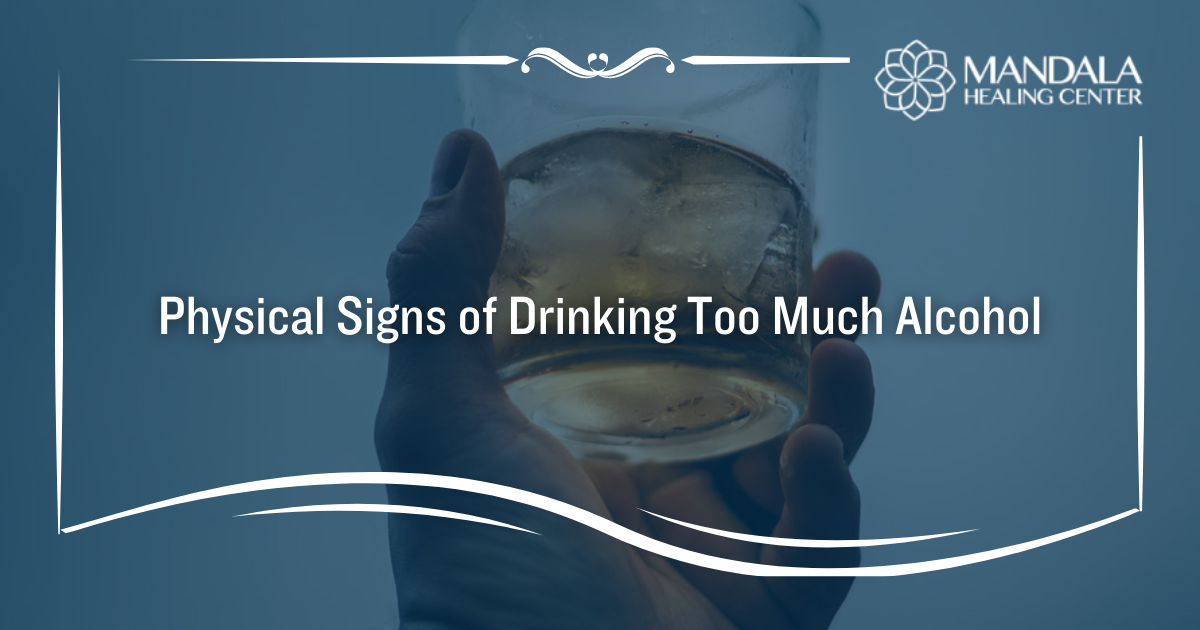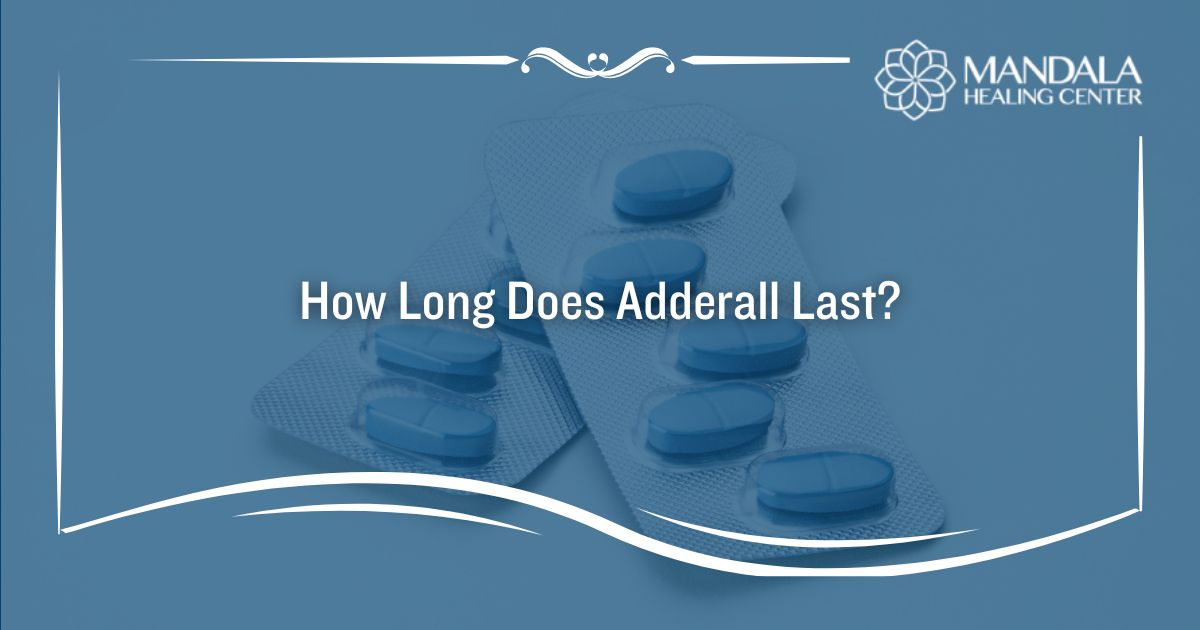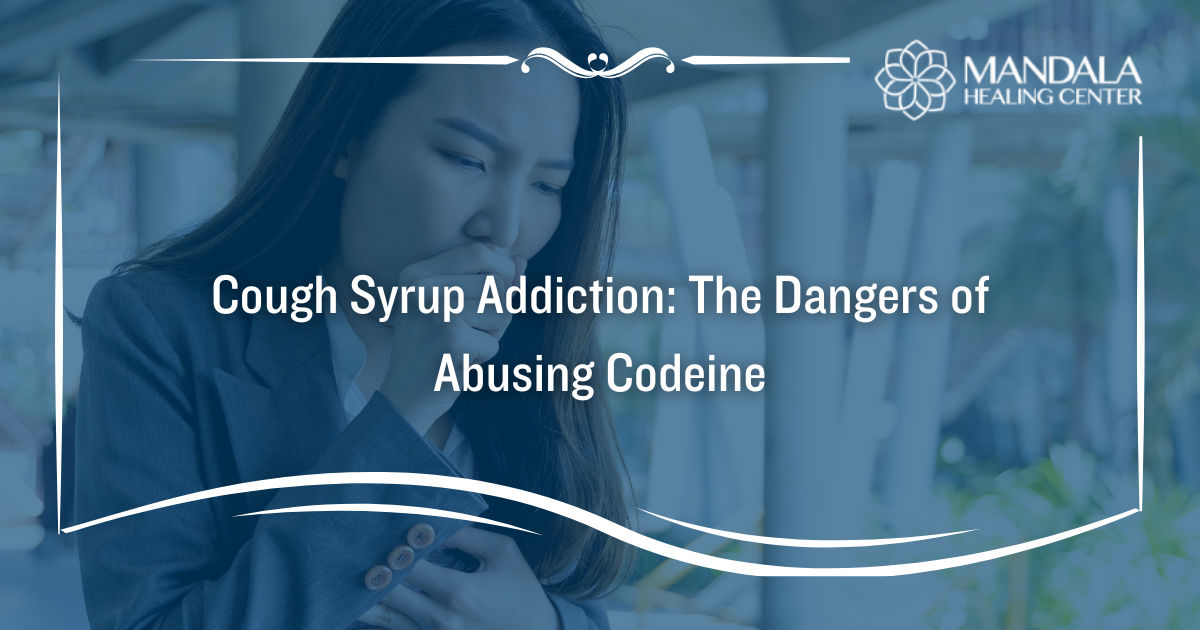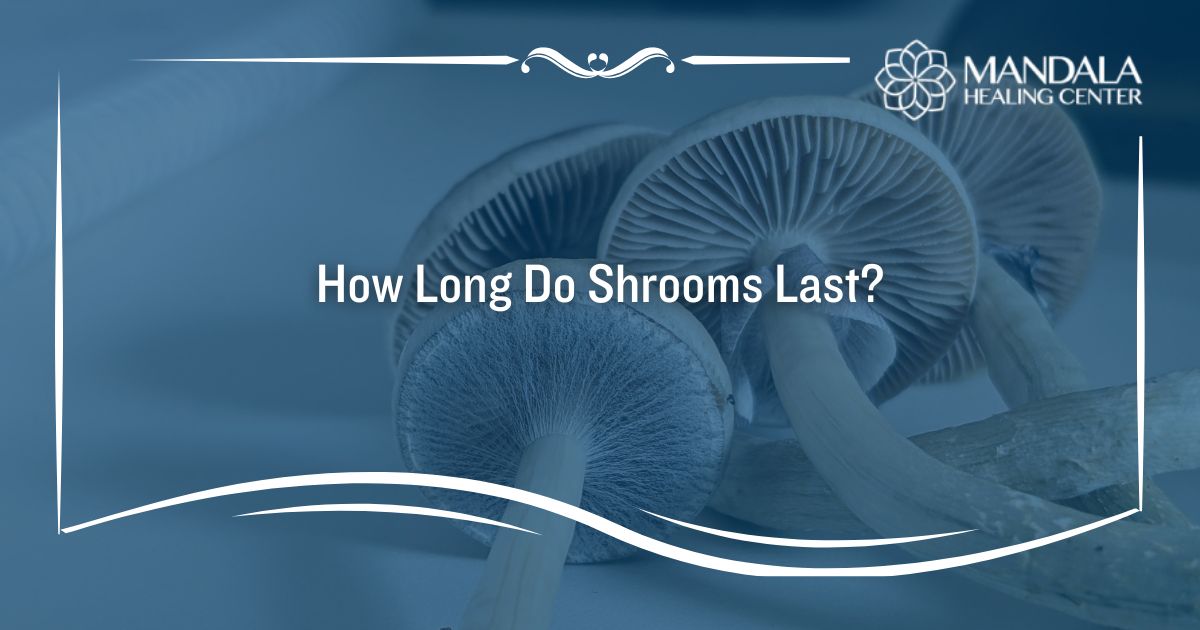Most American adults consume alcohol at some point in their life, and many regularly consume alcoholic beverages. For many, drinking alcoholic beverages is a pleasant part of their social life. They may enjoy a drink at an after-work happy hour, a beer with friends at a game, or a glass of wine with dinner.
For others, drinking becomes problematic. They may drink to cover up uncomfortable emotions, handle stress, or overcome social anxiety. Many people drink excessively at some point in their life without long-term effects, but some develop alcoholism–an alcohol addiction.
Alcohol abuse affects every aspect of a person’s life, both big and small. Very few parts of a person’s life escape the reach of alcohol abuse. Their mental, physical, and social health can suffer if their drinking continues.
Alcohol abuse can also wreak havoc on your body, inside and out. There are some physical signs of drinking too much that can make you look older, more tired, and less healthy than you probably want to look. And while your physical appearance is not the most important part of you, it can affect the way others perceive you.
To put your best face forward and feel your best, you must get the treatment and support you need to overcome your problematic drinking or alcoholism. If you are concerned about your drinking or have concerns about a loved one, please reach out to the staff at the Mandala Healing Center. We offer supportive programs for people with addiction and their loved ones so that people can move forward into a healthier lifestyle.
Physical Signs of Drinking Too Much
Drinking in moderation is generally considered safe and there are not usually long-term physical consequences. People may experience headaches, disrupted sleep, or other mild symptoms if they drink any alcohol, but it is usually not disruptive to their health or wellbeing.
The National Institute of Health defines moderate drinking as two drinks per day for men and one drink per day for women. Problematic drinking, such as binge drinking or heavy drinking, can cause physical symptoms that are noticeable to others. Prolonged drinking can interfere with the body’s ability to absorb certain nutrients and proteins and can interfere with people’s ability to make good choices about their personal care. Some of the physical signs of drinking too much include:[1,2,3]
- Brittle nails (sometimes referred to as alcoholic fingernails)
- Broken capillaries on the face or skin
- Dull or dry skin
- Wrinkles
- Hair loss
- Yellowish skin or eyes from liver disease
- Weight changes or bloating
- Bad breath or dental problems
People who abuse alcohol may also get sick more often due to a weakened immune system. They may also neglect their personal hygiene.
Broken capillaries on the face or skin from drinking too much alcohol can also make the skin red and inflamed. This can worsen psoriasis or rosacea symptoms in people who struggle with these conditions.
While these signs are common among people who drink too much alcohol, it is important not to assume that these necessarily indicate alcohol abuse. Many health conditions may have these symptoms. However, recognizing other symptoms of abuse alongside these conditions may give you information about a person’s drinking habits.
What to Do About the Physical Signs of Alcohol Abuse
It is important to identify alcohol abuse or alcoholism as early as possible and ensure that the person gets the life-saving treatment and support they require. Noticing some of the physical signs of a person who is drinking too much alcohol can be an important first step in recognizing that someone is struggling with alcoholism. Fortunately, getting treatment can slow down or even reverse the long-term health effects of alcohol abuse.
Treatment for alcohol abuse or alcoholism happens in stages and usually starts with detox. During detox, people are monitored and treated for the uncomfortable or dangerous symptoms of withdrawal. As their body removes toxins, including alcohol, from their system, the person will be given medications and therapies that keep them comfortable and allow them to have a complete detox.
After treatment, people must attend an alcohol addiction treatment program. This generally consists of individual therapy, group support, education, skills practice, medication management, and holistic treatment.
The goal of an addiction treatment program is to teach people the skills they need to manage stress and challenges without drinking and to identify and heal the causes of their addiction. After completing treatment, people have more control over their choices. This often translates to better self-care and a healthier, more fulfilling lifestyle.
When people recover from their addiction and have the self-confidence to make healthier choices, their bodies and minds can repair and heal. The result is a difference they can feel and others will notice.
Find Help for Alcohol Abuse and Alcoholism Today
If you or someone you love need addiction treatment or support during any stage of recovery from addiction, you are not alone. At the Mandala Healing Center, we know that anyone can recover from addiction if they get the care they need and deserve. That is why we offer comprehensive, adaptable treatment programs to people living with substance abuse and their families.
If you have been waiting to start addiction treatment, do not wait another day. Give us a call to talk to one of our knowledgeable admissions counselors today.
References:












